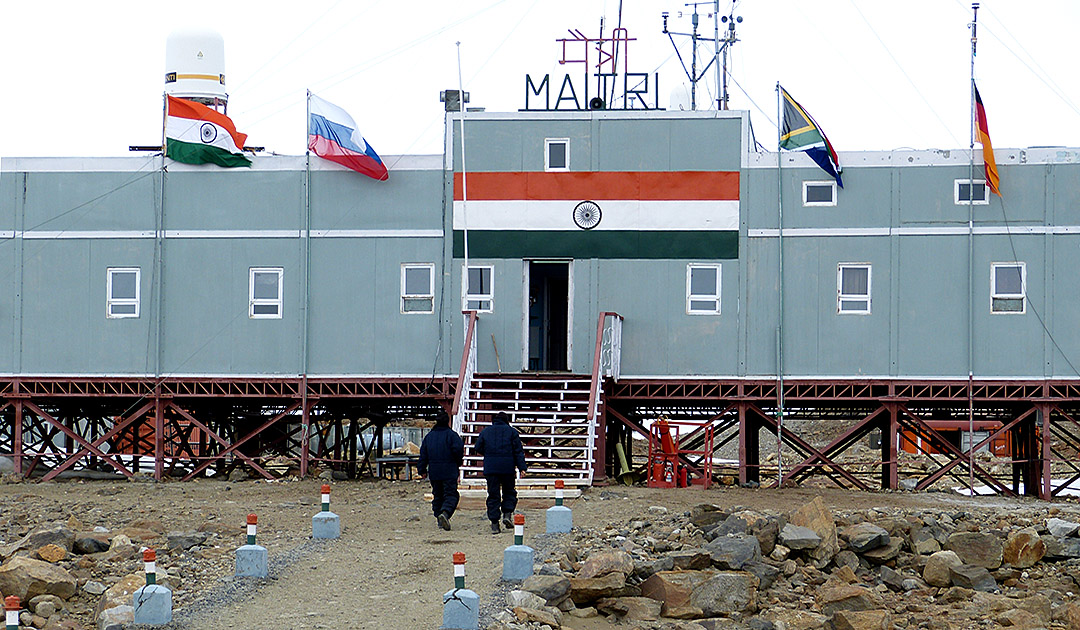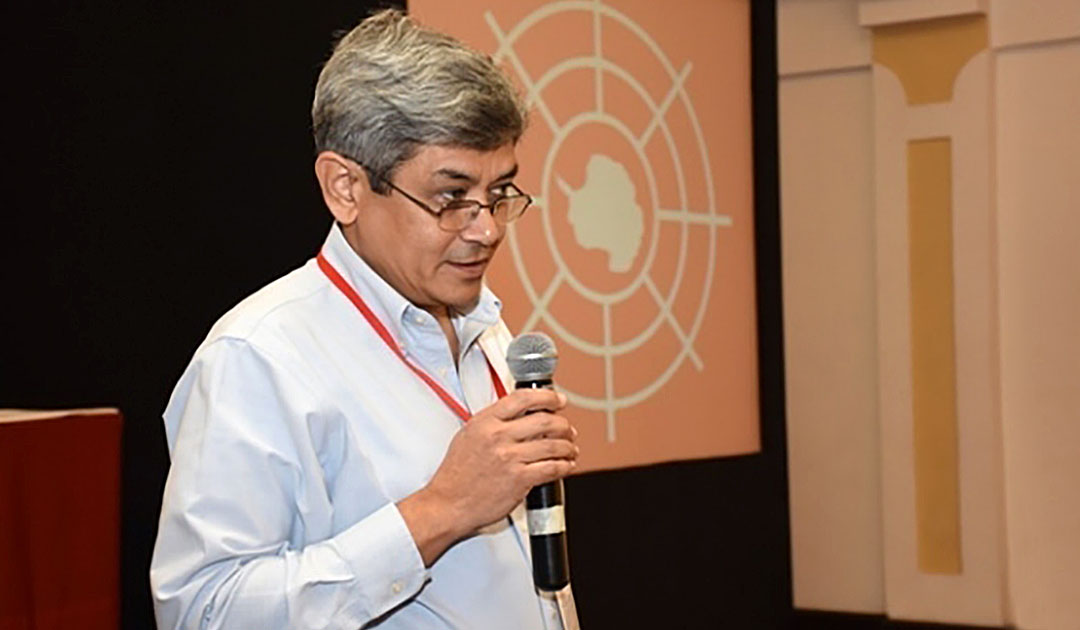
Currently, India has two operational research stations in Antarctica, Maitri and Bharati. Dakshin Gangotri Station was the first station, which was completed in 1984, but was decommissioned on February 25, 1990. Today, Dakshin Gangotri Station functions only as a base transit depot mainly for the supply of goods.
Maitri, India’s second research station in Antarctica is showing some signs of wear after 35 years and is in urgent need of renovation. The Indian National Centre for Polar and Ocean Research (NCPOR) is now working on planning for this upgrade, Mirza Javed Beg, director of the center told The Indian Express.

Each year, expeditions coordinated by NCPOR are sent to Antarctica with Indian scientists, meteorologists and researchers. They spend between a month and a year mainly collecting samples in the field, maintaining equipment and performing other scientific activities.
Maitri is an important station that allows scientists to collect geological, meteorological and geophysical data. These data are useful for understanding climate change and other scientific fields and drawing timely conclusions. Therefore, continued operation is critical.
According to the proposed plan of the Ministry of Earth Sciences (MoES), the process of identifying a more favorable and environmentally friendly site is underway. Once the station’s redesign is complete, it will be a “green” facility that can accommodate a larger number of visiting scientists in both summer and winter.

Given the harsh weather and greater research opportunities that require international collaborations, building the third Indian research station is not viable, Beg said. “For a huge continent like Antarctica, having only two stations for research areas is certainly not enough. But at the same time, building more stations is not a viable option either. This, as research activities can be carried out through collaborations with other nations with stations with similar areas of interest,” Beg added.
Heiner Kubny, PolarJournal
More about this topic





